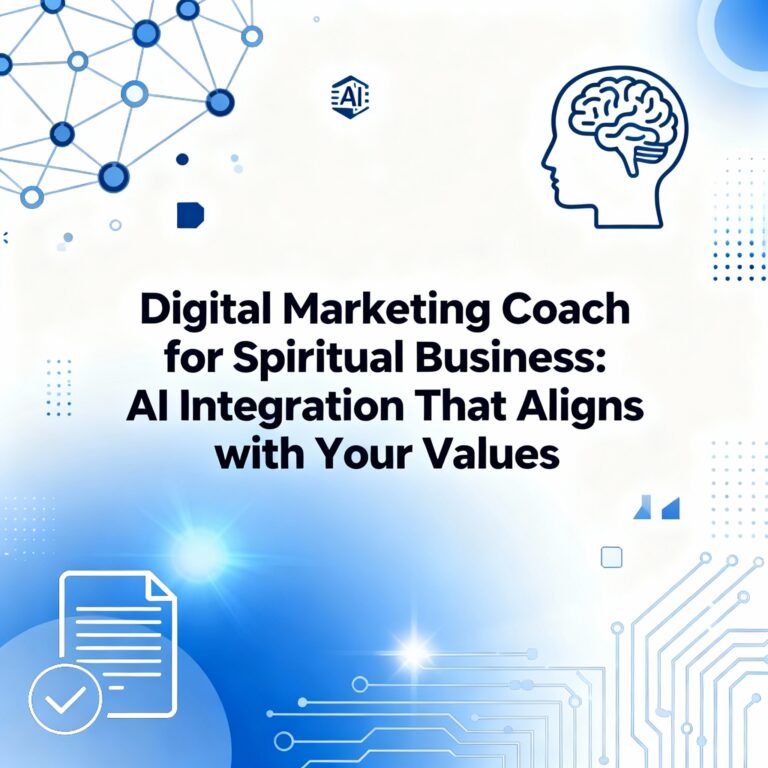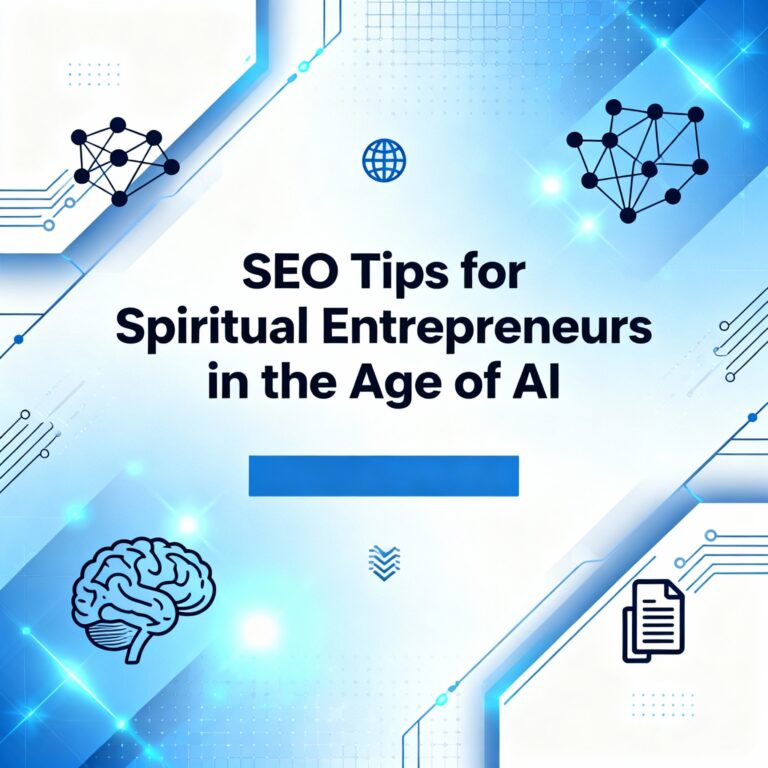Search is changing fast. When you type a question today, you often get an instant answer right at the top, without clicking any website. This is AI changing how people find information online. Answers now appear directly on the results page, and more people are using AI chat-style search to get what they need in seconds. When someone asks a question, the response often comes as a summary, not a list of links. If a business isn’t part of that answer, attention slips away. AI Overviews are already showing up in a meaningful share of Google searches, and users are less likely to click when a summary appears. Google reports that AI Overviews usage keeps growing, with billions of monthly users globally and strong adoption. This shift is real, and it calls for an SEO strategy built for AI-first discovery.
This guide gives a practical plan to prepare for AI search using six pillars: LLMO, GEO, AEO, AIO, E-E-A-T for AI systems, and Multimodal Content Optimization. Each section includes simple steps that work for teams of any size.
Think about it. Your customers no longer scroll through ten different websites to find answers. They ask ChatGPT, Google’s AI, or Perplexity a question and expect a complete response immediately. If your business isn’t part of that answer, you’ve lost a customer forever.
This shift is happening right now. Smart business owners are already preparing. Here’s exactly what you need to do to stay ahead.
Why Traditional SEO Methods Are Failing
AI systems understand context, meaning, and quality better than any human ever could.
Your competitors might still be chasing keyword rankings while you could be positioning your business as the trusted expert that AI systems recommend to users. The difference in results will be massive.
The businesses thriving aren’t the ones with the most backlinks or perfect keyword density. They’re the ones that AI platforms trust enough to cite as reliable sources.
The goal now is not only to rank but to be cited, quoted, and selected as a trusted source inside AI answers.
LLMO – Making AI Systems Notice Your Content
Large Language Model Optimization sounds technical, but it’s actually simple. You need to write content that AI systems want to quote when answering user questions.
Here’s what works: Write like you’re teaching someone who genuinely wants to learn. Use clear examples, include specific numbers, and back up every claim with proof. When ChatGPT or Google’s AI looks for reliable information about your industry, your content should be impossible to ignore.
Start every article with a clear statement about what you’ll cover. Use headings that directly answer common questions your customers ask. Include real case studies, specific statistics, and expert quotes. AI systems love content that feels like a trusted textbook rather than a sales pitch.
Your content should make readers think, “This person really knows what they’re talking about.” When AI systems scan your content, they should find information so valuable that they can’t help but reference it.
LLMO means shaping content so large language models can find it, understand it, and confidently use it in answers. Think beyond keywords. Make content clear, structured, and backed by credible sources.
Action steps:
-
Use semantic headings that mirror real questions customers ask, with crisp definitions and short summaries at the top.
-
Add citations to reputable sources, statistics, and examples that make content “quote-worthy” for AI answers.
-
Write in clean, plain English so models can extract statements without confusion; avoid filler and jargon.
-
Add schema where relevant (Article, FAQ, HowTo) to improve machine understanding.
Outcome to aim for: pages that read like well-organized guides with facts, proof, and clear takeaways—easy for models to summarize and cite.
GEO – Generative Engine Optimization: Getting Featured in AI-Generated Answers
Generative Engine Optimization focuses on becoming part of the custom responses that AI creates for each user. Instead of competing for the top search result, you’re competing to be mentioned in personalized AI answers.
Write content that AI can easily break down and reassemble. Use bullet points, numbered lists, and clear subheadings. Make each paragraph focus on one specific point. AI systems need to extract pieces of your content and combine them with information from other sources.
Think about the questions your customers ask most often. Create detailed answers that cover every aspect of those questions. AI systems prefer comprehensive sources over shallow content that barely covers a topic.
Your goal is to become the go-to expert that AI systems consistently mention when discussing your field. Every time someone asks about your area of expertise, your insights should appear in the response.
GEO focuses on being selected by generative engines like Google’s AI Overviews, Perplexity, ChatGPT, and Copilot. Unlike classic SEO, GEO is about answer integration, not just ranking a URL.
Action steps:
-
Format content with skimmable blocks: Q&A sections, numbered steps, side-by-side comparisons, and short bullet lists that an engine can lift cleanly.
-
Build topic authority with complete coverage: definitions, use cases, pros/cons, examples, risks, and how-to steps in one place.
-
Maintain factual precision and consistency across articles so engines treat the site as a dependable source on the topic.
-
Track where content is surfaced in AI contexts; many platforms now offer “AI visibility” features or third-party tracking.
Key idea: GEO is “optimize for answers, not pages.” Make every section self-contained and citable.
AEO – Becoming the Direct Answer
Answer Engine Optimization turns your content into the exact answers that AI provides to user questions. This is your chance to be the voice that represents your industry in AI conversations.
Structure your content around specific questions. Use formats like “What is…”, “How to…”, “Why does…”, and “When should…” These question-and-answer formats make it easy for AI systems to extract perfect responses.
Create step-by-step guides, detailed explanations, and practical examples. AI systems need content they can confidently present to users without worrying about accuracy or completeness.
Focus on solving real problems your customers face. The more practical and actionable your advice, the more likely AI systems will feature your content as helpful answers.
AEO is about becoming the direct answer. It extends the idea of featured snippets to AI-generated responses in many interfaces. Structure content so it solves the exact question—fast.
Action steps:
-
Create clusters of question-led pages: “What is…?”, “How to…?”, “Why…?”, “When to…?” and keep answers concise, then expand with context below.
-
Use checklists, step-by-step instructions, and short definitions that engines can reuse as-is.
-
Add “People also ask” style follow-ups on the same page to cover related angles and keep users engaged.
-
Refresh top-performing answers regularly so AI systems see them as current and reliable.
Result: higher chances of being the voice inside answer boxes and AI summaries across devices.
AI Search Optimization – Your Complete Strategy
AI Search Optimization covers everything you need to stay visible as search evolves. This means preparing for Google’s AI overviews, ChatGPT searches, Perplexity queries, and whatever comes next.
Start by understanding what your customers really want to know. Create content that serves their genuine needs rather than trying to game search results. AI systems reward content that genuinely helps people.
Make your expertise obvious through detailed explanations, real examples, and honest insights. Share your successes and failures. AI systems trust sources that demonstrate real experience rather than theoretical knowledge.
Keep your content updated with fresh information, new developments, and current examples. AI systems prefer sources that stay current and relevant to today’s challenges.
AI Search Optimization ties everything together across Google, AI Overviews, AI Mode, and conversational engines. The strategy shifts from ranking single pages to winning presence across AI experiences.
Action steps:
-
Map core topics to “AI entry points”: FAQs, beginner guides, comparisons, calculators, and checklists that match real user intent in AI search.
-
Prioritize original, distinctive content and ensure Googlebot can access it; these are Google’s own recommendations for AI-era visibility.
-
Build deep hubs: one strong pillar page with multiple supporting articles that interlink and cover subtopics fully.
-
Measure beyond clicks: monitor brand mentions in AI answers, inclusion in summaries, and growth in non-click exposure.
With AI Overviews growing fast, presence inside summaries becomes a major visibility channel even when clicks drop.
E-E-A-T for AI systems – Building Trust with AI Systems
AI platforms evaluate trustworthiness differently than traditional search engines. They look for consistent accuracy, clear source citations, and evidence of real expertise.
Include your credentials and experience in your content. Share specific examples from your work. Reference reliable sources and studies. Be transparent about what you know and what you don’t know.
Create content that other experts in your field would respect and reference. AI systems notice when authoritative sources link to or mention your work. Building relationships with industry leaders becomes even more important in the AI era.
Maintain the same high standards across all your content. One piece of inaccurate or misleading information can damage your credibility with AI systems across your entire website.
AI systems look for consistent accuracy, credible sourcing, and signals of experience and expertise across content. Google notes that unique, reliable, technically accessible content is more likely to surface in AI features.
Action steps:
-
Add author bios with credentials, real-world experience, and links to profiles where work is recognized by others.
-
Cite primary sources, industry reports, and standards; avoid vague claims and outdated references.
-
Include results, case studies, and clear methods that show how conclusions were reached—this helps AI judge reliability.
-
Keep content updated and align facts across pages so there are no internal contradictions.
Do this consistently, and AI systems are more likely to see the site as a trustworthy source worth citing.
Multimodal Content Optimization – Preparing Content for Multiple Formats
AI systems don’t just read text anymore. They analyze images, process videos, and understand audio content. Your business needs to think beyond written articles.
Add detailed descriptions to all your images. Create transcripts for your videos. Use clear, descriptive file names for all your media. Make it easy for AI systems to understand every piece of content you create.
Consider creating the same information in multiple formats – a detailed article, an explanatory video, an infographic, and a podcast episode. AI systems appreciate sources that present information in various ways.
Focus on creating genuinely helpful content rather than trying to manipulate search results. AI systems are getting better at recognizing and rewarding content that truly serves users.
AI search is now multimodal. It can understand and combine text, images, audio, and video. Optimizing across formats boosts inclusion in richer answers and future interfaces.
Action steps:
-
Add descriptive alt text to images and use captions that carry meaning, not just decoration.
-
Provide video transcripts, time-stamped highlights, and structured descriptions for easier extraction and search.
-
Use clear filenames and metadata for media assets so machines can classify them correctly.
-
Repurpose one strong topic across formats: article, explainer video, short clips, infographic, and podcast, all linked together.
This approach helps AI assemble better answers and increases chances of being featured across devices and contexts.
Taking Action Today
Start implementing these strategies immediately. Begin by auditing your existing content through the lens of AI optimization. Ask yourself: Would an AI system confidently cite this information?
AI search rewards clarity, completeness, and credibility. Focus on being the source that summaries cite and answers quote. Structure content for extraction, back claims with proof, show real experience, and publish in multiple formats. With AI Overviews and AI Mode expanding quickly—especially across India and other major markets—adapting now will protect visibility and create new paths to customers even as click patterns change. Sites that make this shift early will find their brand mentioned more often inside AI answers, even when traditional blue links appear less—and that edge compounds over time.
Key Trends to Watch
-
Answer-first interfaces: Expect more summaries, fewer clicks, and rising importance of being cited.
-
Topic depth over keyword stuffing: Engines prefer comprehensive, well-structured sources.
-
Local plus niche: Location signals and niche authority combine to drive intent-led discovery.
-
Real-world proof: Case studies, practical examples, and transparent methods rise in value.
-
Multi-format coverage: Text-only content loses edge to mixed formats with transcripts and clear metadata.
Futuristic Insights: How to Stay Ahead
-
Think in “answers,” not articles: Design every section to be reusable as a standalone response.
-
Build authority clusters, not one-off posts: Topical depth beats scattered coverage.
-
Treat freshness as a feature: Update high-visibility pages quarterly with new data and examples.
-
Invest in proof: Case studies and outcome snapshots will decide who gets quoted.
-
Go multimodal: Text plus video plus visuals, all with clean metadata and transcripts.
-
Track AI visibility: Note when content appears in summaries and double down on those topics.
Simple KPI Dashboard to Keep Focused
-
Inclusion in summaries or chat answers (manual spot checks weekly)
-
Branded mentions in AI answers (track examples and queries)
-
Organic traffic to pillar and cluster pages
-
Post-level engagement: time on page and scroll depth
-
Lead indicators: downloads, demo requests, consultation bookings
-
Outcome metrics: conversion rate and cost per lead for each pillar
Quick Checklist You Can Use Today
-
Add a clear summary and FAQ to your top three pages
-
Convert one winner page into a video with transcript
-
Create one comparison page and one case study this month
-
Add schema to top pages; fix broken links and thin sections
-
Align every stat and definition across your site
-
Track when content appears inside summaries or chat results
Final Thoughts
AI-led search rewards clarity, completeness, and credibility. Focus on being the source that summaries cite and answers quote. Build topic hubs with Q&A sections, checklists, and real examples. Keep content fresh, expand into video and visuals, and measure visibility beyond clicks. Make these shifts now, and your brand will show up more often where customers already are—inside the answers they trust.
Create a content calendar focused on answering your customers’ most important questions comprehensively. Build your reputation as the trusted expert that AI systems turn to for reliable information in your field.
The businesses that thrive in the next decade will be those that AI systems trust and recommend. Your expertise and helpful content are your biggest advantages in this new landscape. Your future success depends on how quickly you adapt to this AI-powered world of search and discovery.




